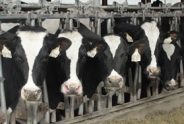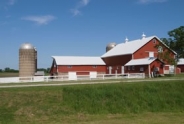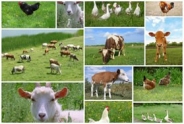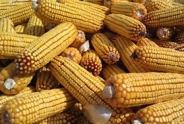Spotted Lanternfly Confirmed Found in NYS
Amy Barkley, Team Leader & Livestock Specialist
Southwest New York Dairy, Livestock and Field Crops Program
NEW YORK STATE ANNOUNCES FALL 2020 UPDATE ON SPOTTED LANTERNFLY
Going Into Winter Season, Highly Destructive SLF Pest Confirmed on Staten Island, Areas in the Hudson Valley, and in the Southern Tier
Monitoring Ongoing and Public Urged to Continue to Report Findings of Insects and Egg Masses Through the Colder Months
The New York State Department of Agriculture and Markets today urged the public to stay vigilant and report live Spotted Lanternfly (SLF) or overwintering egg masses, following additional confirmed finds of the invasive species in areas of the Hudson Valley and the Southern Tier. SLF (see photo below), an invasive pest from Asia, was first confirmed in the State on Staten Island in August. Adult SLF and egg masses have since been found in Port Jervis, Sloatsburg, Orangeburg, and Ithaca. The destructive insect feeds on more than 70 plant species, including tree-of-heaven, and plants and crops that are critical to New York's agricultural economy, such as maple trees, apple trees, grapevine, and hops.
State Agriculture Commissioner Richard A. Ball said, "SLF can be devastating to New York agriculture, including some of our leading crops, such as apples and grapes, which is why we have been aggressively working to prevent this pest's establishment in New York. While we have additional confirmations in areas of the Southern Tier and the Hudson Valley, thanks to the public's assistance, we have been able to begin immediate survey work and targeted management plans. We ask that, despite the approaching cold weather and winter months, the public continue to provide their assistance and watchful eyes and report any egg masses."
"DEC is actively supporting the Department of Agriculture and Markets in their work to track the invasive pest Spotted Lanternfly as part of New York State's ongoing efforts to prevent its establishment and spread in the state," said DEC Commissioner Basil Seggos. "This pest has the potential to severely impact our state's agricultural and tourism industries and poses a risk to our forests and ecosystem health. I encourage all New Yorkers to be vigilant in reporting possible sightings of Spotted Lanternfly to support our efforts to prevent further spread of this destructive invasive species."
Freezing temperatures are expected to kill off adult SLF, however egg masses are still a concern during the winter months. In the fall, SLF will lay their eggs on any flat surface such as vehicles, firewood, outdoor furniture, stone, or other items, which can be inadvertently transported to new areas. If this insect becomes established in New York, it could impact New York's forests and agricultural and tourism industries.
SLF feedings stress plants, making them vulnerable to disease and attacks from other insects. SLF also excretes large amounts of sticky "honeydew," which attracts sooty molds that interfere with plant photosynthesis, negatively affecting the growth and fruit yield of plants, and impacting forest health. SLF also has the potential to significantly hinder New Yorkers' quality of life and recreational activities due to the honeydew and the swarms of insects it attracts.
First discovered in Pennsylvania in 2014, SLF has since been found in New Jersey, Maryland, Delaware, West Virginia, and Virginia. Given the proximity to the Pennsylvania and New Jersey infestations, New York State is at high risk for infestation.
Since 2017, AGM, working with its partners at the NYS Department of Environmental Conservation, the State Office of Parks, Recreation and Historic Preservation, the U.S. Department of Agriculture, and the NYS Integrated Pest Management Program, has taken an aggressive approach to keeping SLF from establishing in New York State, conducting surveys of high-risk areas across the State; implementing an external quarantine that restricts the movement of goods brought into New York from quarantined areas, inspecting nursery stock, stone shipments, and commercial transports from those quarantine areas; and launching a comprehensive education and outreach campaign to enlist the public's help in reporting SLF.
While these insects can jump and fly short distances, they spread primarily through human activity. SLF can lay their eggs on any number of surfaces, such as vehicles, stone, rusty metal, outdoor furniture, and firewood. Adult SLF can hitch rides in vehicles, on any outdoor item, or cling to clothing or hats, and be easily transported into and throughout New York.
The public is encouraged to thoroughly inspect vehicles, luggage, and gear, and all outdoor items for egg masses and adult SLF before leaving areas with SLF, particularly in the counties of states in the quarantine area—Pennsylvania, New Jersey, Maryland, Delaware, West Virginia, and Virginia. If SLF adults are found, residents should remove them and scrape off all egg masses.
Residents can also help by allowing surveyors access to properties where SLF may be present. Surveyors will be uniformed and will always provide identification.
Identifying SLF
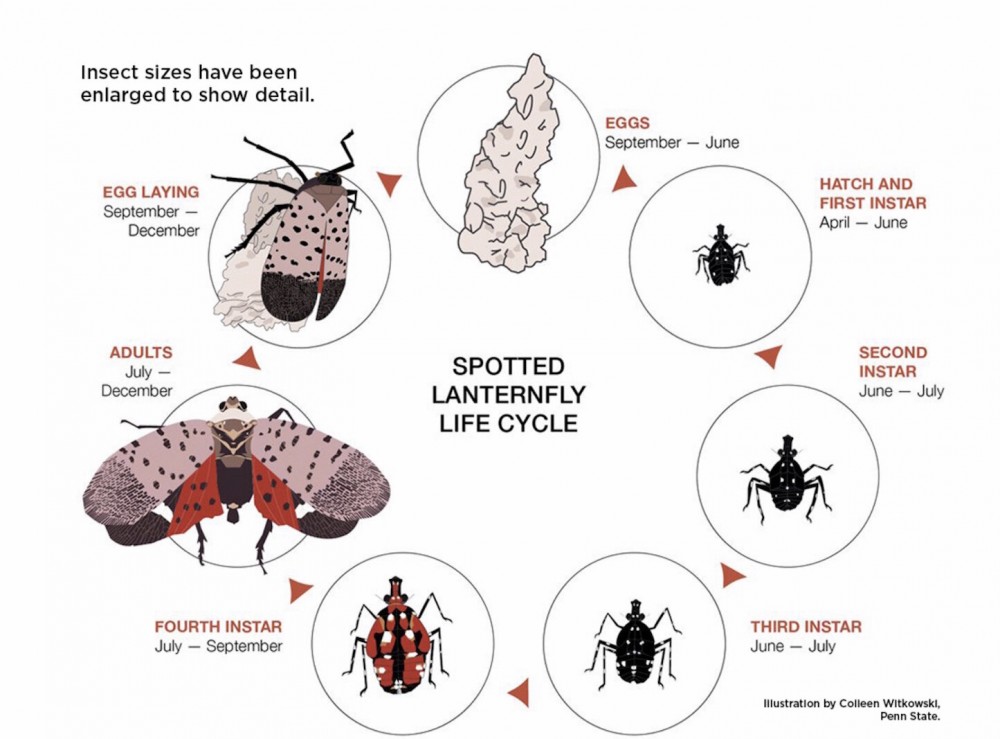
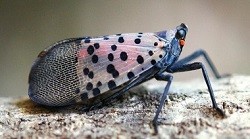
Adult Spotted LanternFly. Photo from NY DEC.
Adult SLF are active from July to December. They are approximately one inch long and half an inch wide at rest, with eye-catching wings. Adults begin laying eggs in September. Signs of an SLF infestation may include:
Sap oozing or weeping from open wounds on tree trunks, which appear wet and give off fermented odors.
One-inch-long egg masses that are brownish-gray, waxy, and mud-like when new. Old egg masses are brown and scaly.
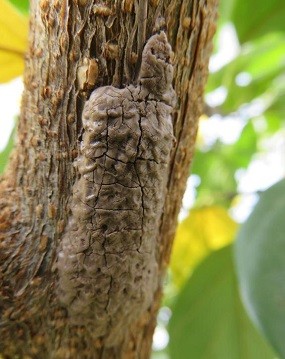
Spotted Lanternfly egg masses. Photo from NY DEC.
Massive honeydew build-up under plants, sometimes with black sooty mold developing.
For more information on Spotted Lanternfly, visit https://agriculture.ny.gov/spottedlanternfly.
Reports of sightings can be made to NYS Ag and Markets at spottedlanternfly@agriculture.ny.gov or by filling out Ag and Market's reporting form.
Cover photo of adult Spotted Lanternfly with wings extended from NY DEC.
Upcoming Events
Crops, Cows & Critters - Southwest New York Dairy, Livestock & Field Crops Newsletter Sponsorship
December 19, 2025
Our two forms of publications feature research-based and timely information from our four specialists, listed to the right, along with local event notifications and Cornell University outreach. This information is provided to participants who range from dairy, livestock, and field crops producers to agricultural suppliers and consultants.
Weekly Email Update: Shared with 625+ households who have signed up with our program.
Monthly Paper Mailer: To reach our stakeholders and farmers who lack internet access, we send out a monthly mailer where your company's logo and contact information would be featured with a mailing list of 330+ households.
If you sponsor our weekly and monthly publications you reach approximately 955 households.
Visit our website to view our newsletters!
2025 Cornell Food Beverage & Animal Feed Manufacturer Survey
December 19, 2025
Industry and Educational Advocates for New York State's Food, Beverage, and Animal Feed Manufacturing industries:
As you know, NYS has a diverse food and beverage manufacturing industry, in both the types of industries that exist and the wide distribution of firms by scale. Many manufacturing firms have strong backward linkages to agricultural production sectors in the state that support both farm-level and downstream food industry firms and consumers. In collaboration with the New York State Department of Agriculture and Markets, a team from Cornell University's Charles H. Dyson School of Applied Economics and Management has recently rolled out the 2025 New York State Food, Beverage, and Animal Feed Manufacturer Survey. The industry will benefit from an updated assessment of the industry that informs private and public investments and opportunities to support firm growth and improved profitability.
Cornell Organic Field Crops & Dairy Conference
March 6, 2026
Waterloo, NY
Farmers, researchers, educators, and agricultural service providers from across the Northeast are invited to the 2026 Cornell Organic Field Crops & Dairy Conference, held Friday, March 6, 2026, from 8:00 a.m. to 4:30 p.m. at the Lux Hotel & Conference Center in Waterloo, N.Y.
Co-hosted by New York Soil Health and Cornell CALS, the annual conference brings together leaders in organic grain, dairy, and livestock systems to share practical tools, new research, and farmer-tested strategies to support resilient and profitable organic production.
Announcements
No announcements at this time.


